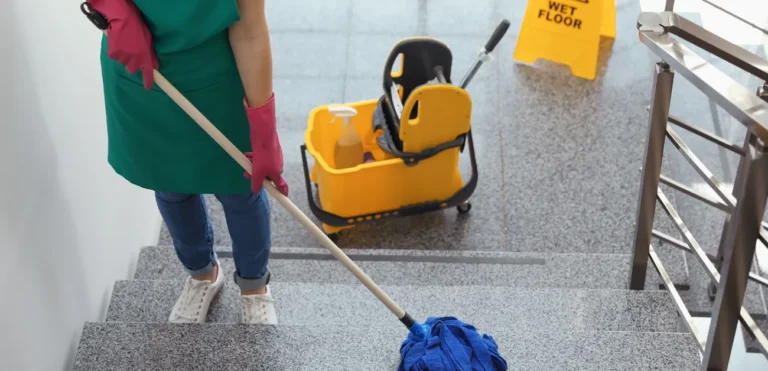Leave Travel Allowance – How to Claim It for ITR
The Income tax department gives various exemptions and deductions to the taxpayers. These can be used by taxpayers to lower their taxable income. Simply put, they are a form of tax relief provided by the government. One such exemption is LTA or a leave travel allowance which can be claimed during thee filing of income tax return.
Let’s understand what LTA is and everything about it.
What is LTA?
Leave travel allowance, or LTA, is offered by an employer to employees for travel on leave. LTA is a part of the salary or the CTC (cost to the company) and is given as a yearly benefit that employees can avail of. It is one of the most essential salary components and is eligible for an exemption inITR tax filing.
What are the Requirements to Claim LTA?
Every taxpayer needs to meet certain conditions or fulfill some conditions to claim their leave travel allowance at the time of e-filing of the income tax return. Below are the same:
- The taxpayer must show actual journey proof.
- Taxpayers are only allowed to claim the LTA on a domestic journey, i.e., a journey that they have taken within India. International travel cannot be claimed in LTA.
- LTA benefit is only given to the employee alone or with their immediate family members. Immediate family members consist of spouses, children, and dependent parents.
- This exemption is available for only two children born after the 1st Oct 1998 of the employee. It is not applicable if the children are born before 1st Oct 1998. Additionally, if there are multiple births during the second occasion after the first child, it will not be a part of this restriction.
What is the Eligibility of LTA?
Taxpayers who want to claim LTA should do it before thelast date for filing ITR. As mentioned below, the exemption is only available if the employee can show the actual journey cost by air, bus, or train. The employees are not compensated for any sightseeing, food or hotel accommodation that may have been incurred during the trip.
Furthermore, you should also remember that the LTA amount will also be restricted to the amount provided by the employer. For example, if you have been given Rs. 40,000 as LTA in your salary component by your employer and you provide proof worth Rs. 25,000, you will only be eligible for the exemption of Rs. 25,000. The remaining amount of Rs. 15,000 will be included in your taxable salary.
What are the Exemptions for the Different Travel Modes?
Let’s look at some of the travel scenarios and how much exemption is eligible under each case:
- If the place of destination and journey is not connected through any recognized transport – the employee can avail of an amount that is equal to the first-class AC train fare. The train fare will be of the shortest route of the journey and will be assumed it is taken by train.
- If the destination and journey place is not connected by rail but by other recognized transport – the employee can get an amount equal to 1st class or deluxe class for the shortest route to the destination.
- If both destination and journey place are connected by rail – the employee can avail any amount spent other than through air, equal to A/C first-class fare for the shortest route to their destination.
- If the travel is done by air – the employee is eligible for the travel fare of the economy class of the national carrier (Air India or Indian Airlines) for the shortest destination route.
Furthermore, the employees should remember that they cannot claim LTA yearly. The income tax department has given this provision to be claimed for only two travels performed in a block of four years. The block year differs from the financial year, and the Indian government decides that for LTA purposes.
Bottom Line
LTA is a big component of every salaried individual, and they can avail of it while e-filing of income tax returns. The employer decides the LTA amount mentioned in the CTC structure given to the employees. The employees will benefit based on the travel cost they incur and shown in the form of air, rail, or bus tickets.



